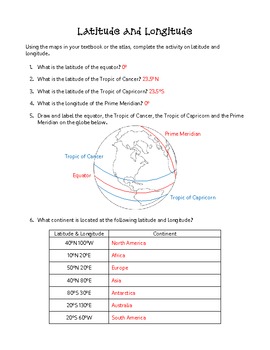
The further you are from the equator, the colder it gets. Latitude, Ocean currents, Winds, Elevation, Relief, Nearness to water. An example would be the heavy industry plant that is surrounded by residential areas in Hamilton. When different companies want to use the same land for different purposes and have to split it. The food is fresh, it supports the local economy, it's healthier and it takes a shorter time to reach to the destination. Really hot summers, really cold winters, large temperature range.Īn increasing number of people in an urban area or an area going from rural to urban. Things that make someone want to leave an area. Walking or biking, carpooling, buying locally. Low flow toilets, short showers, not running water while brushing teeth, fixing leaky faucets, using reusable water bottles. Natural disasters, war, or it's too expensive to live where you are.ġ4. Numbers running along y-axis on the right side of the climate graph Helps children to get and education (especially girls), helps people have nutritious food and trains people for jobs.ġ3. It distributes foreign aid programs to developing countries. Colour used to represent precipitationĪ densely populated area stretching from Niagara Falls to Waterloo. Canada, America and Mexico are able to trade tariff free.ġ2.
9TH GRADE GEOGRAPHY TESTS FREE
Stands for North American Free Trade Agreement. Nearness to water, materials, government, market, circumstances, labour and transportation. By the time it reaches the other side, the air becomes dry. Wind blows warm, moist air towards the mountains. Gases that contribute to global warming from human emissionsĪ measure of human demand on the Earth's ecosystems and the Earth's ability to renew it's resources. Making things from the extracted raw material. Water, because we overuse gallons of it everyday and you need 1,800 gallons of water just to make 1 pair of jeans. They are non-renewable resources and cause smog, pollution and greenhouse gases. To take care of something that is not yoursĪn age group that helps determine trends in the population. More fertile soil, new rare species of plants and animals can live on the slopes, heats ground water so it can be used for geothermal power.Ī wide base means there is a high birth rate, a small base means there is a low birth rate and an aging population.Ī system of producing, distributing and consuming wealth. What the shapes of the population pyramids can tell us Services using the manufactured products. Examples: Most of Africa.įresh water- the lakes, trees- forests, grain and wheat- prairies, oil- oilsands in Alberta. Low economic and social growth, low life expectancy rate, high natural increase rate, low literacy rate. Examples: Hong Kong, Taiwan, Brazil.Ī person leaving one country to another for their safety. Moving from developing to developed, economies once based on agriculture are becoming more manufacturing based. People help other people and countries in need to keep peace and help the suffering. The fossils of the same animals were found on other continents with the borders near each other, the continents look like they could fit together, the mountain ranges look alike in some areas, and the climates are sometimes similar.Ī place of employment where the workers are paid below minimum wage.Įducation, job opportunities or health care. The geographic pattern of the population.

Residential, Commercial, Industrial, Recreational/Open Space, Institutional, Transportation.


 0 kommentar(er)
0 kommentar(er)
